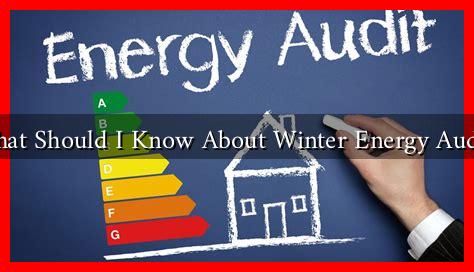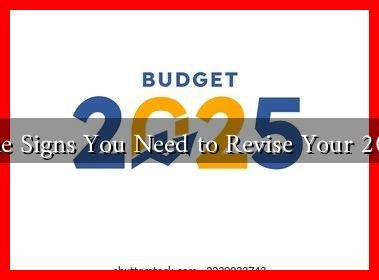-
Table of Contents
What Should I Know About Winter Energy Audits
As winter approaches, homeowners and businesses alike begin to prepare for the colder months. One crucial aspect of this preparation is ensuring that energy consumption is efficient and cost-effective. A winter energy audit can help identify areas where energy is being wasted and provide solutions to improve efficiency. This article will explore what a winter energy audit entails, its benefits, and how to prepare for one.
Understanding Winter Energy Audits
A winter energy audit is a comprehensive assessment of a building’s energy use during the colder months. The goal is to identify inefficiencies and recommend improvements that can lead to reduced energy consumption and lower utility bills. Energy audits can be conducted by professionals or performed as a DIY project, depending on the complexity of the building and the homeowner’s expertise.
Why Conduct a Winter Energy Audit?
There are several compelling reasons to conduct a winter energy audit:
- Cost Savings: By identifying areas of energy waste, homeowners can implement changes that lead to significant savings on heating bills.
- Increased Comfort: A well-insulated and energy-efficient home maintains a more consistent temperature, enhancing overall comfort during the winter months.
- Environmental Impact: Reducing energy consumption lowers greenhouse gas emissions, contributing to a healthier planet.
- Increased Property Value: Energy-efficient homes are often more attractive to buyers, potentially increasing resale value.
Key Components of a Winter Energy Audit
During a winter energy audit, several key components are assessed:
- Insulation: Inspecting insulation levels in attics, walls, and basements to ensure they meet recommended standards.
- Windows and Doors: Checking for drafts and air leaks around windows and doors, which can significantly impact heating efficiency.
- Heating Systems: Evaluating the efficiency of heating systems, including furnaces and boilers, and ensuring they are properly maintained.
- Air Leakage: Using blower door tests to identify areas where air is leaking in or out of the building.
- Lighting and Appliances: Assessing the energy efficiency of lighting and appliances, and recommending upgrades where necessary.
Preparing for a Winter Energy Audit
To get the most out of a winter energy audit, homeowners should take the following steps:
- Gather Utility Bills: Collect past utility bills to establish a baseline for energy consumption.
- Document Concerns: Make a list of specific areas of concern, such as drafts or rooms that are difficult to heat.
- Schedule the Audit: Choose a time for the audit when the building is occupied, as this allows for a more accurate assessment of energy use.
- Consider Professional Help: While DIY audits are possible, hiring a certified energy auditor can provide a more thorough evaluation.
Case Studies and Statistics
According to the U.S. Department of Energy, homes that undergo energy audits can save between 5% to 30% on their energy bills. For example, a family in Minnesota conducted a winter energy audit and discovered that their home was losing heat through poorly insulated walls and drafty windows. After implementing recommended improvements, they reported a 25% reduction in their heating costs.
Another case study from a commercial building in New York City showed that after a comprehensive energy audit, the building management implemented energy-efficient lighting and upgraded their heating system. This resulted in a 40% reduction in energy consumption, translating to thousands of dollars in annual savings.
Conclusion
Winter energy audits are an essential tool for homeowners and businesses looking to improve energy efficiency during the colder months. By identifying areas of energy waste and implementing recommended improvements, individuals can save money, enhance comfort, and contribute to environmental sustainability. Whether conducted as a DIY project or with the help of a professional, a winter energy audit is a proactive step toward a more energy-efficient future.
For more information on energy audits and tips for improving energy efficiency, visit the U.S. Department of Energy’s Energy Saver website.




